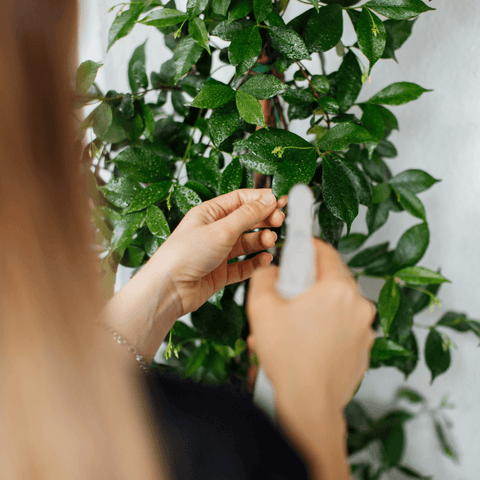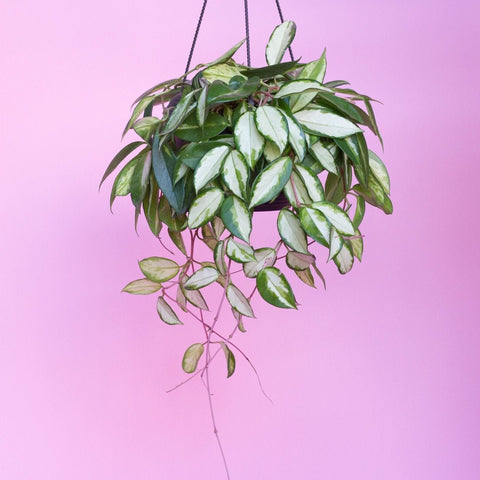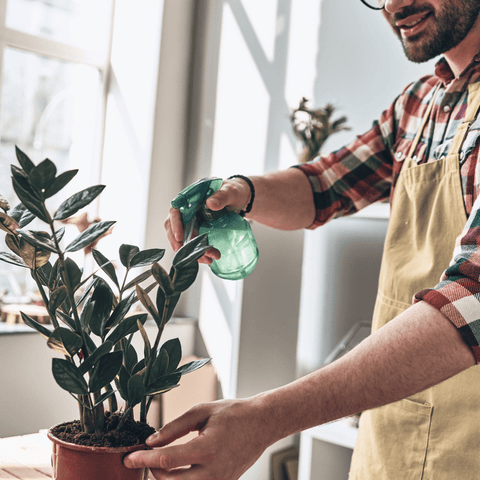If you have any houseplants, you probably have dealt with fungus gnats which can become a major and annoyance. Fungus gnats are teeny tiny black flying insects attracted to wet potting soil. That's why they typically affect indoor plants—your soil may be too moist due to overwatering, which is a common mistake among plant parents.
What are Fungus Gnats?
Fungus gnats are fruit fly–sized insect pests that primarily affect indoor houseplants. Adult gnats are attracted to potting soil moisture and lay their eggs (up to about 200) on organic matter near the soil surface. After about three days, the eggs hatch into larvae, which burrow into the soil to feed on fungi and decaying plant material. Adult gnats emerge from the soil two weeks later to repeat the process. Adults live for about one week.
Fungus gnats are completely harmless to humans since they can't bite and don't spread diseases. However, they can be a problem for houseplants when their population explodes and their larvae feed on plants' thin roots.
Read on to learn how to get rid of, and prevent fungus gnat infestations in your plants.
How to Get Rid of Fungus Gnats
Catching the adults in gnat traps is relatively easy, but you need to regularly refresh your traps because the adult population comes in cycles. For the best results, use a combination of the traps listed here and the additional preventative methods listed in the subsequent section.
- Sticky traps consist of a yellow notecard covered in a sticky adhesive. They are most effective when cut into small squares and placed directly on top of the soil or attached to skewers just above the soil. Adult gnats will fly or crawl onto the card and become trapped in the glue. Fungus gnats are attracted to the color yellow, so use the yellow sticky cards rather than the blue ones. Both can be bought at most hardware or garden stores and online.
- Cider-vinegar traps are simple and effective; cider-vinegar traps consist of a shallow container with a small amount of apple cider vinegar, water, and liquid dish soap.
How to prevent gnats in indoor plants
While getting rid of adult gnats is a necessary first step, that's often only a short-term fix. More adults will appear from the larvae in the soil. A better approach is to target the larval stage of their life cycle by allowing the soil to dry out. Because gnats lay their eggs in the moist soil around plants, reducing excess moisture is a key to getting rid of these nuisances for good.
- Avoid overwatering - Allow the soil to dry between regular watering - not to the point that your plant begins wilting but enough that the soil isn't continually moist. The eggs and larvae usually die in dry soil.
- Choose a pot with good drainage - A pot with good drainage will prevent gnats from laying eggs in the soil and protect your indoor plant against common problems such as root rot. Remember to drain any excess water that may have accumulated in saucers.
An ongoing prevention method is to be careful not to overwater your houseplants. Soggy soil is what the gnats are looking for, so let the soil dry between waterings.




